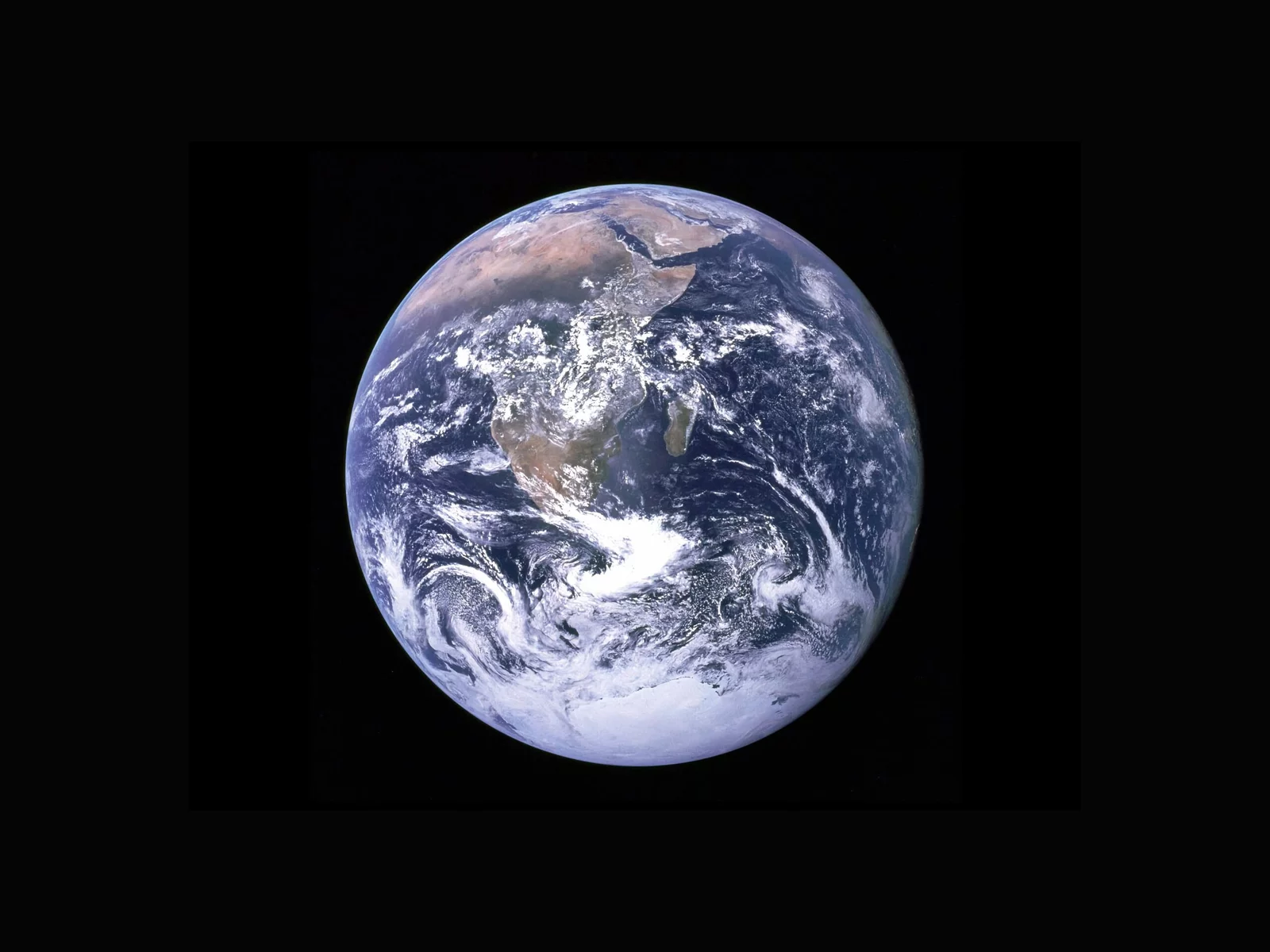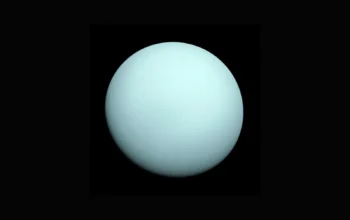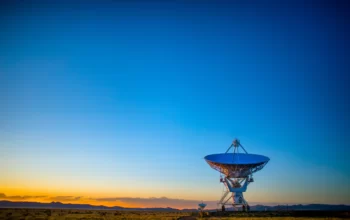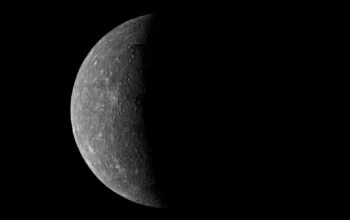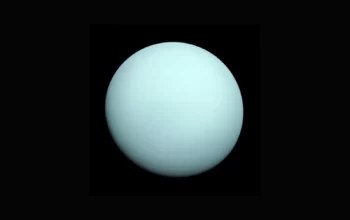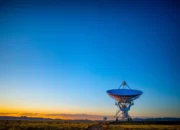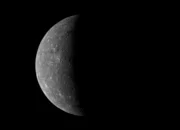middleportal.com – Have you ever stopped to wonder why the Earth gracefully revolves around the Sun, never deviating from its path? It’s a fascinating dance that has captivated scientists and thinkers for centuries. In this blog post, we will explore the incredible forces at play that allow our planet to orbit the Sun.
First and foremost, we must acknowledge the force of gravity. Sir Isaac Newton, the brilliant physicist, discovered that every object in the universe attracts every other object with a force that is directly proportional to their masses and inversely proportional to the square of the distance between them. This force of gravity is what keeps the Earth in its elliptical orbit around the Sun.
Imagine a delicate balance between the forward motion of the Earth and the gravitational pull of the Sun. The Earth, moving at a staggering speed of approximately 30 kilometers per second, possesses enough momentum to counteract the Sun’s gravitational force. As a result, the Earth continues its celestial journey, never straying too far or too close to the Sun.
But what prevents the Earth from spiraling into the Sun or being flung out into the vastness of space? It’s all about the perfect combination of speed and distance. The Earth’s orbital velocity is precisely calibrated to maintain its orbit around the Sun. If the Earth were to slow down, the gravitational pull would overtake its forward motion, causing it to fall into the Sun. Conversely, if the Earth were to speed up, it would escape the Sun’s gravitational pull and venture into the depths of space.
Another factor that contributes to the Earth’s ability to orbit the Sun is its axial tilt. The Earth’s axis is tilted at an angle of approximately 23.5 degrees relative to its orbital plane. This tilt gives rise to the changing seasons we experience throughout the year. It also helps stabilize the Earth’s orbit by preventing any significant disturbances caused by the gravitational interactions of other celestial bodies.
It’s important to note that the Earth’s orbit is not a perfect circle but an ellipse, with the Sun located at one of the foci. This elliptical shape means that the Earth’s distance from the Sun varies slightly throughout the year. During the aphelion, which occurs in early July, the Earth is farthest from the Sun. In contrast, during the perihelion, which takes place in early January, the Earth is closest to the Sun. This variation in distance has a minimal impact on the overall stability of the Earth’s orbit.
Ultimately, the Earth’s ability to orbit the Sun is a testament to the remarkable balance of forces in the universe. It is a delicate interplay of gravity, momentum, speed, distance, and axial tilt that allows our planet to maintain its celestial dance around the Sun. As we gaze up at the night sky, let us marvel at the wonders of our universe and appreciate the intricate mechanisms that govern our existence.
